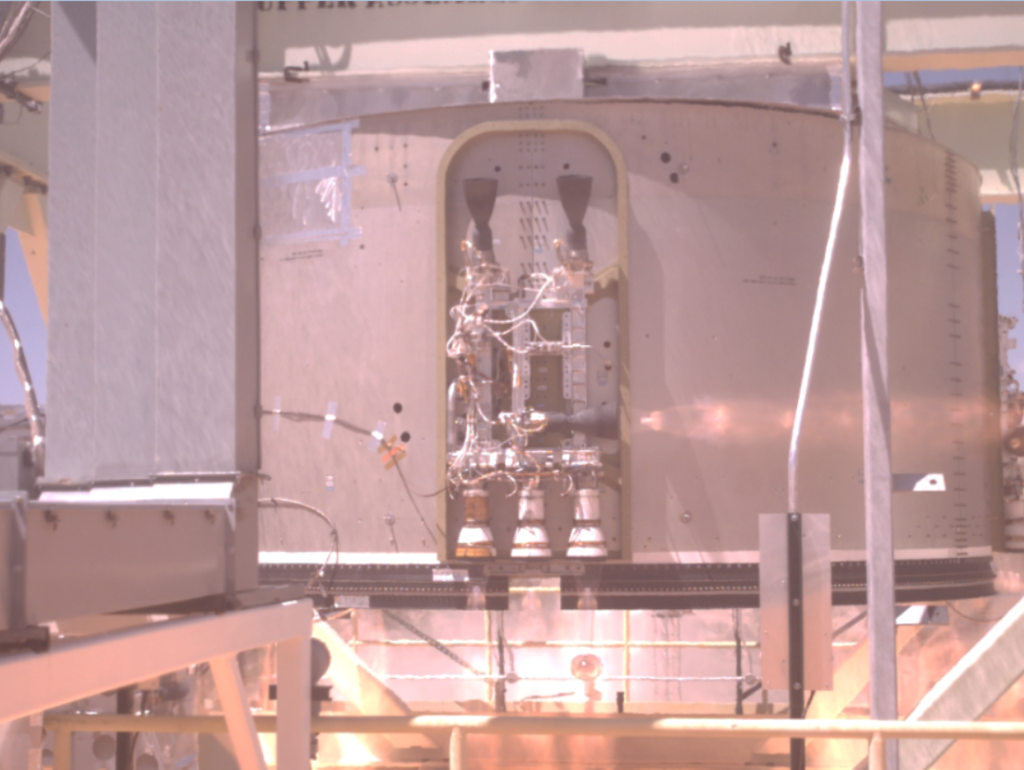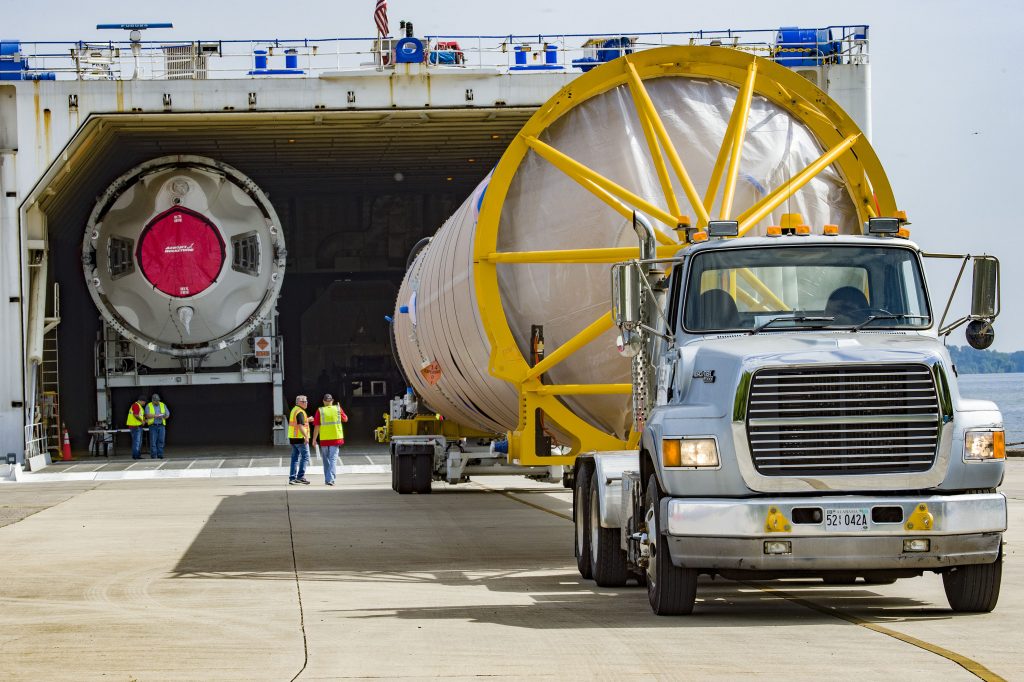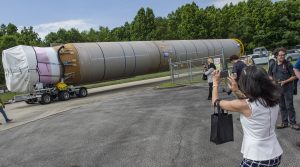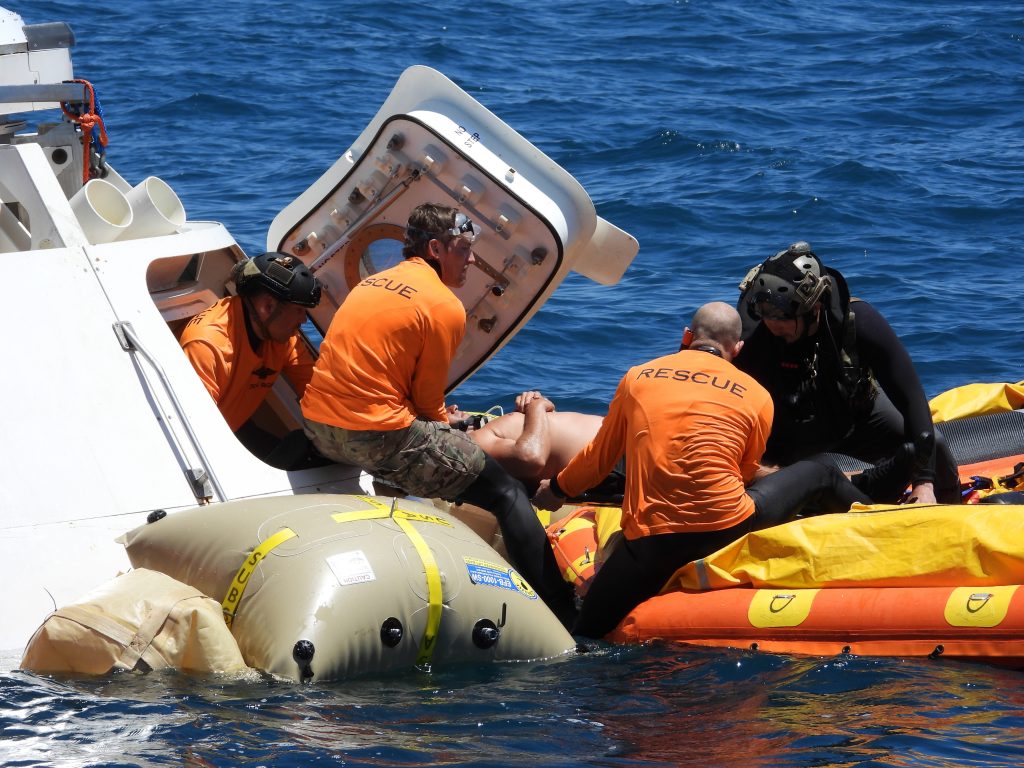NASA continues to work closely with SpaceX as they lead the accident investigation into the April 20 Crew Dragon static fire anomaly at Landing Zone 1 on Cape Canaveral Air Force Station in Florida. Teams have completed work to ensure the site is safe and are focusing on the root cause analysis, which will determine the impact to commercial crew flights tests. SpaceX had several Crew Dragon vehicles in production, and plans to shift the spacecraft assignments forward. The spacecraft originally assigned to Demo-2, the first flight test with a crew onboard, now will be used for the company’s in-flight abort test and the first operational mission spacecraft will be used for Demo-2.
The Crew Dragon static fire was designed as a health check of the spacecraft’s Draco systems and to demonstrate integrated system SuperDraco performance. During the static fire, SpaceX successfully completed a firing of 12 service section Dracos with the anomaly occurring during the activation of the SuperDraco system. Over the course of development, SpaceX has tested the SuperDraco thrusters hundreds of times.
Following the test, NASA and SpaceX immediately executed mishap plans established by the agency and company. SpaceX fully cleared the test site and followed all safety protocols. Early efforts focused on making the site safe, collecting data and developing a timeline of the anomaly, which did not result in any injuries. NASA assisted with the site inspection including the operation of drones and onsite vehicles.
NASA and SpaceX remain committed to the safety of our astronaut and ground crews and will proceed with flight tests when ready.




